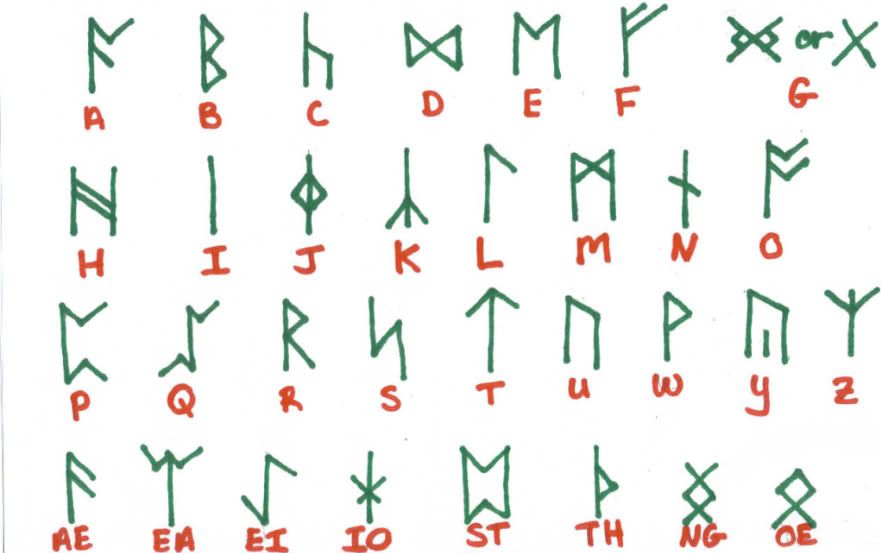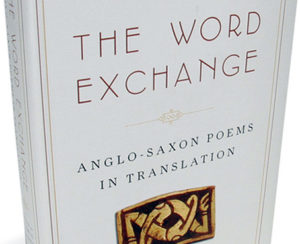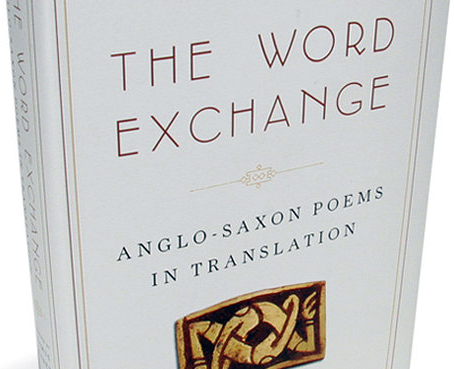
Just like the alphabets of the English language in the modern days, the Anglo Saxons also had their own alphabets to write, read and understand in their language. The main mark of the Anglo Saxons was from the 5th century right up to the 11th century.
The runes of the Anglo Saxons are divided into two broad categories.
First is the Macromannic Runes and the second is the Younger Futhark. We shall have a detailed study of the same below.
Macromannic Runes
Contents
The Macromannic runes were the ones used by the Anglo Saxons widely during the time period of the 8th century to the 9th century. The Macromannic runes mainly consisted of the runes which were a mixture obtained from the Anglo Saxons futhorc and the Elder Futhark. The same is recorded and can be found in a treatise, which is called the “De Inventione Litterarum”.
The preservation of this can be seen in the manuscripts which were present from the 8th century to the 9th century. These manuscripts were mainly originated from the southern region of the Empire of Carolingian.
The reason behind the name “Macromannic Runes” is that the texts present in the manuscripts had their attributes to the runes of the “Marcomanni, quos nos Nordmannos vocamus”. This was mainly an attempt which was made by the scholars of Carolingian with the intention of representing all the letters of the Latin language with the equivalent runes of the Anglo Saxons.
Younger Futhark
Also called the Scandinavian Futhark, the Younger Futhark, its name suggests the origination. It is considered to be the younger brother to Elder Futhark, having the presence of only 16 characters. This reduction from one Futhark to another Futhark highly correlated with the phonetic changes.
One such example of the same is the reduction of Proto Norse to Old Norse. This classification of the Anglo Saxons runes was mainly found in the time period the 9th century to the 11th century.
These Anglo Saxon runes are further classified into two sub-divisions, one is the short twig runes and another is the long branch runes.
The short twig runes were mainly from the Swedish and the Norwegian reigns and the long branch was from the Danish reign. But there was a certain difference in these two. The short twig runes were the ones that were used as an everyday purpose for writing messages on woods for both, official and private purposes.
On the other hand, the long branch runes were the runes that were used for the purpose of documentation only and mainly on the stones. Thus, the difference between these two classifications is nothing but functional.
Now, old English was also a part of the Anglo Saxons literature. Thus, there is the presence of more than one particular language, which was more prominent as the time came towards the 11th century, not all people understood both languages. Thus, we shall now have a look at why there was a requirement for Anglo Saxon language translator.
Anglo Saxon Translator – English to Anglo Saxon Runes Translation
Let us now understand why there was the presence of such translators. It is not only that English had to be translated to the Anglo Saxons runes but also vice versa is many cases.
But, if one looks at the entire scenario as a whole, the requirement of translators from English to Anglo Saxons runes were more required than the translators of Anglo Saxons runes to English.
One basic reason behind this is the Anglo-Saxons runes were almost like the mother tongue. Thus, most if not everyone understood the Anglo Saxons runes. Old English being a language coming into play at a later stage was not understood by everyone.
But old English started prevailing and establishing itself more and was widely accepted between the Anglo Saxons for their literature.
Thus, at the initial stages, there was a huge requirement of Anglo Saxons old English translator who could translate the old English verses to Anglo Saxons runes for better understanding.
The job of the Anglo Saxons alphabet translator was more difficult and challenging during the initial stages as a very few percent of people was a part of it. The rest of the people had to be taught right from the scratch. But, as time passed by and more people started learning old English, it became easier for the translators.
Starting from the alphabets to the Anglo Saxons dictionary translation, the beginner level translation was the most important basics to be taught. Later on, came the Anglo Saxons phrase translation and many more as the advanced teachings through translations.
Apart from the old English and the Anglo Saxons runes, there was also a percent existence of Latin language. Though it was not as widely used as old English and the runes, but still it was used and thus was also important to learn.
Not many people learned but some did amongst the Anglo Saxons due to which we can also find the presence of the Anglo Saxons to Latin translator and vice versa.
The Word Exchange Anglo Saxon Poems in Translation

For all literature lovers who want to learn more about the Anglo-Saxon runes, then this is a very good option. “The Word Exchange Anglo Saxon Poems in Translation” is a collection of the Anglo Saxons literature comprising poems, etc.
It also comes with an integrated modern English to Anglo Saxons translation and vice versa so that one can relate to the Anglo Saxons language and also understand the same through the modern English language.
One can purchase this book from many online vendors and is also available on Google for people’s reference.
Reference Translators
There are also many English to Anglo Saxon translators and vice versa present online nowadays for a better reference to people. One can just look up and browse such online translators on the go for getting the appropriate meaning.
Starting with the basics, one can even type their own name in modern English and then use the online translators to have a check on how they would be looking as per the Anglo Saxons runes.

